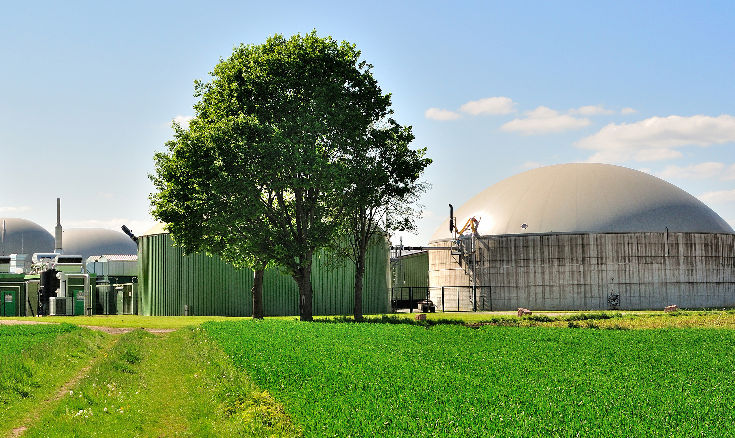Dairy Manure & Food Waste Anaerobic Digestion Breakthrough Michigan State University Anaerobic Digestion Research Education Center (ADREC)
Challenge:
Michigan State University’s ADREC sought to improve volatile solids destruction efficiency and increase biogas generation in anaerobic digesters treating dairy manure combined with liquefied food waste.
Treatment Plan:
SciCorp engineers implemented a lab-scale study using BIOLOGIC™ SEPTIC to determine if the digestion process could be improved. The study was conducted with both treated and untreated reactors to compare results.
Success Achieved:
- 41% increase in volatile solids (VS) destruction efficiency (from 32% to 45%)
- 62% increase in biogas production per kilogram of VS (from 427 ml/gm to 692 ml/gm)
- 35% reduction in digester discharge solids
- 92% reduction in foam formation
- Methane content in biogas ranged from 64-75%
Long-Term Benefits for Biogas Digesters:
- Increased biogas generation means higher electrical power output and revenue
- Improved efficiency reduces waste solids, cutting operating costs
- Enhanced digester capacity allows for higher organic loads
- Lower environmental impact and carbon emissions
How This Benefits Your Septic System:
BIOLOGIC™ SEPTIC can enhance your septic system's efficiency by improving waste breakdown and reducing sludge buildup, ensuring better long-term performance and fewer pump-outs.
[Click here to read the full case study]
